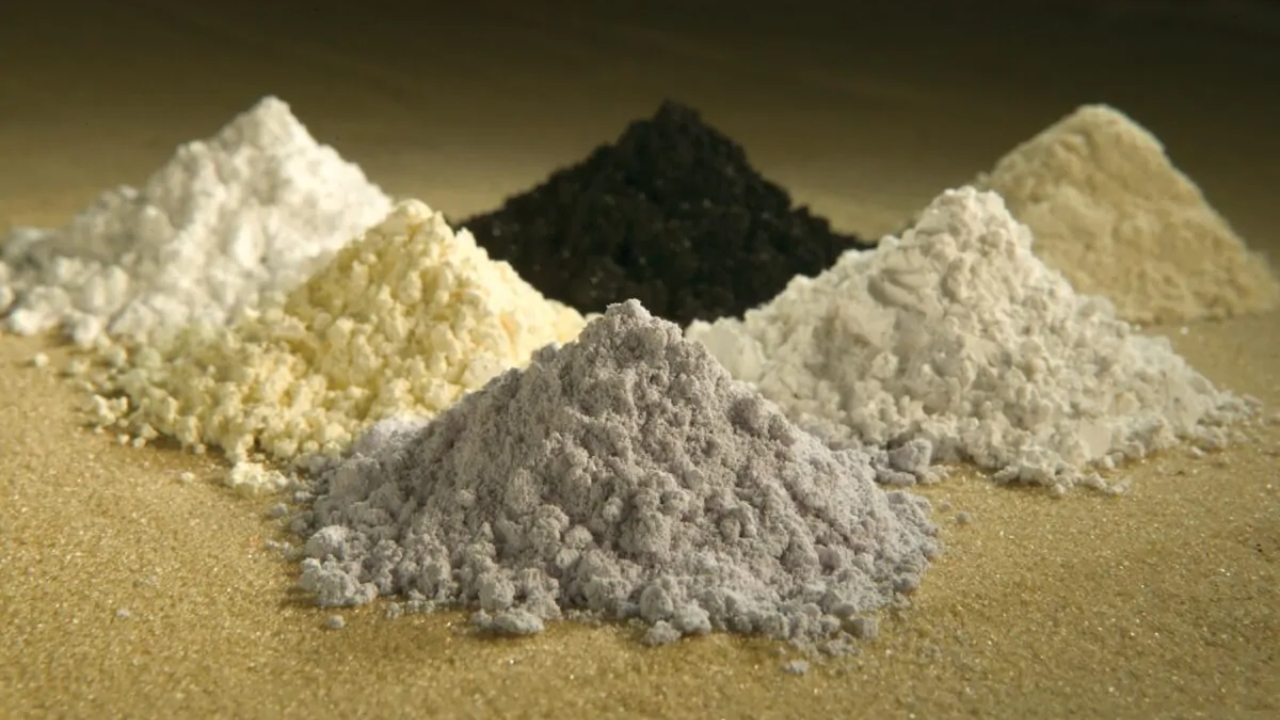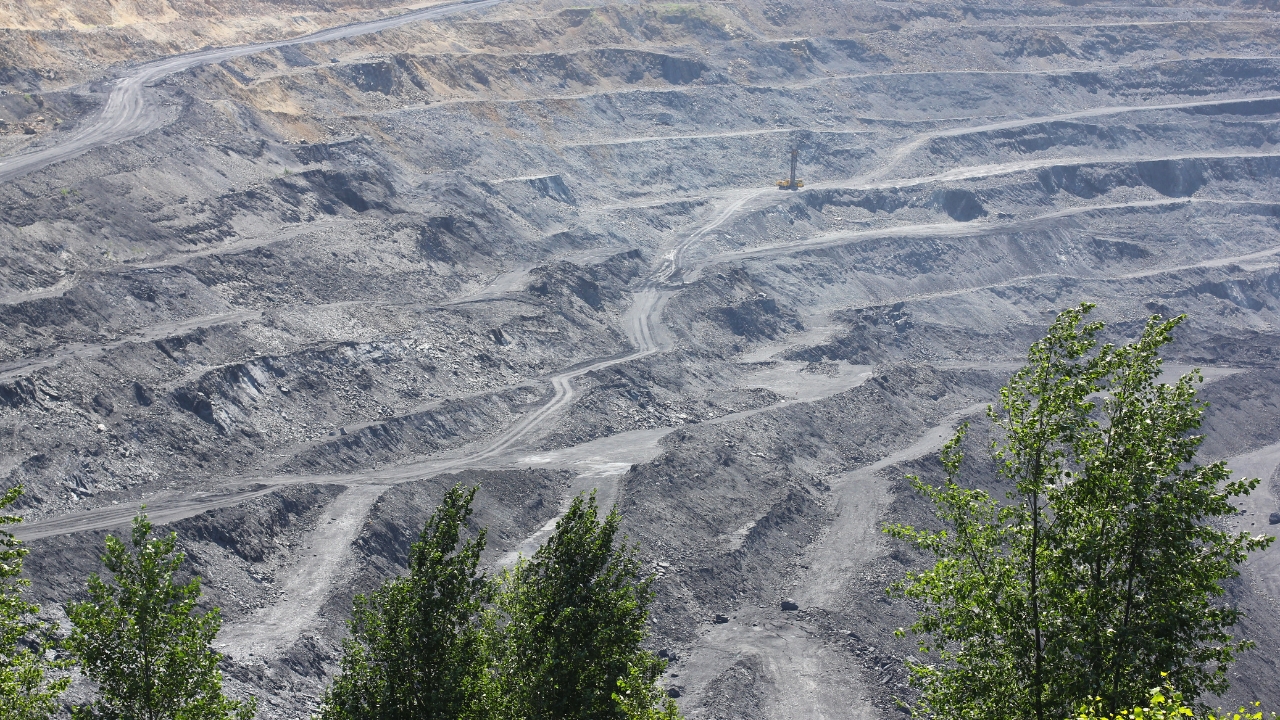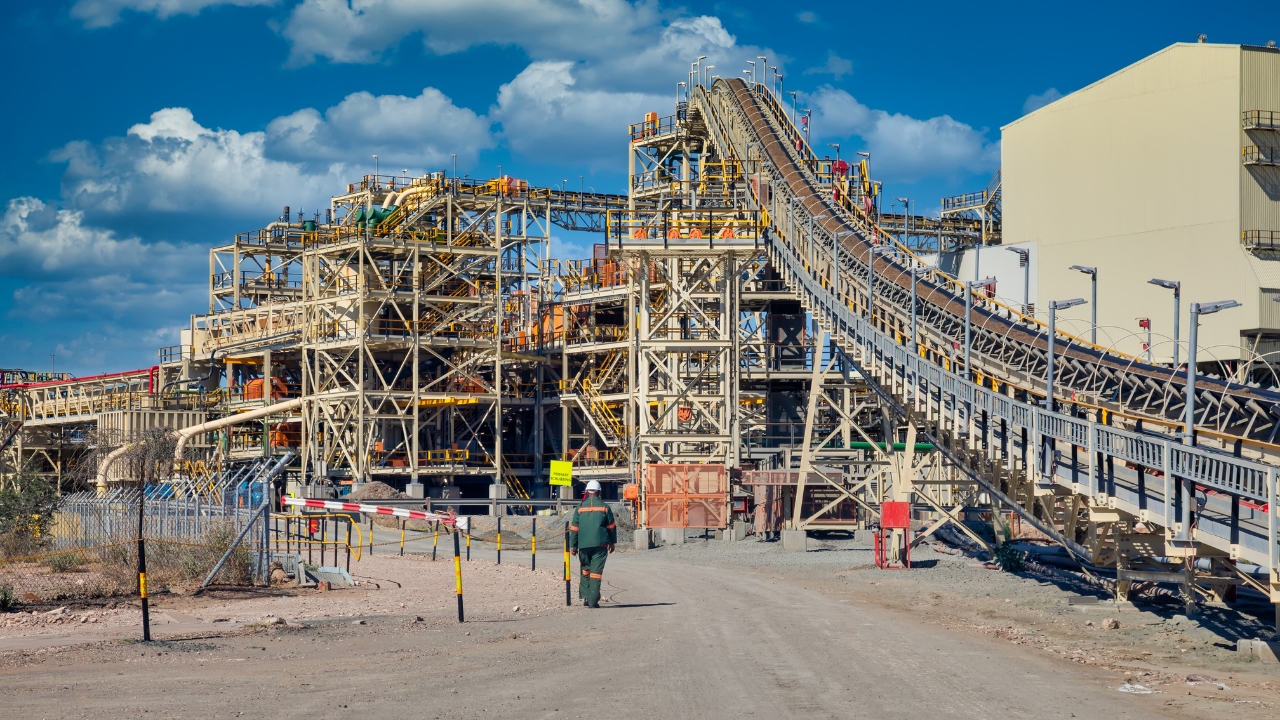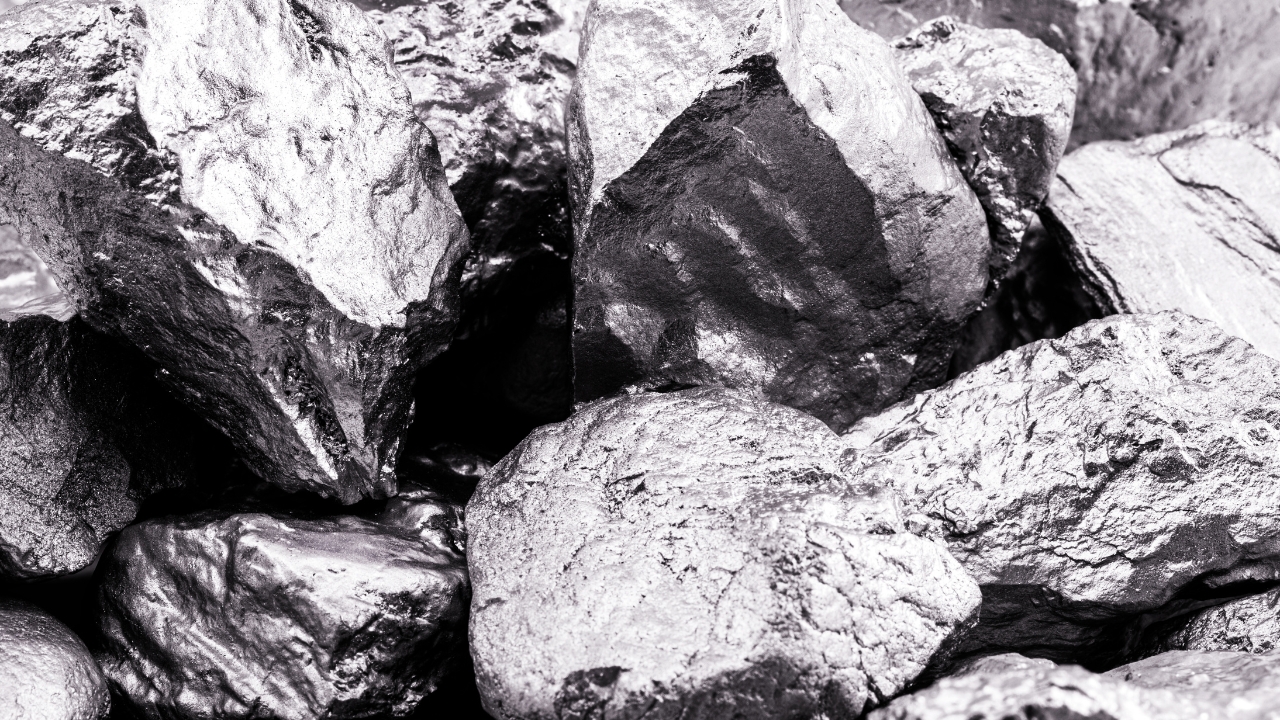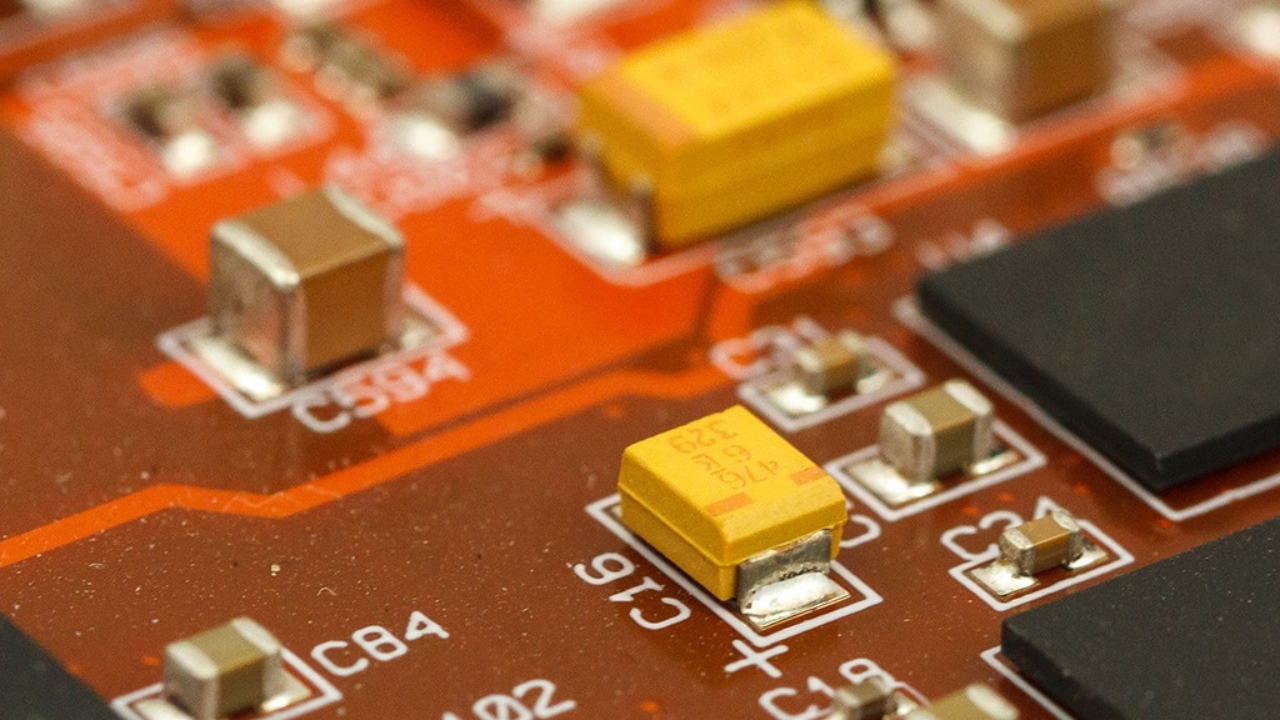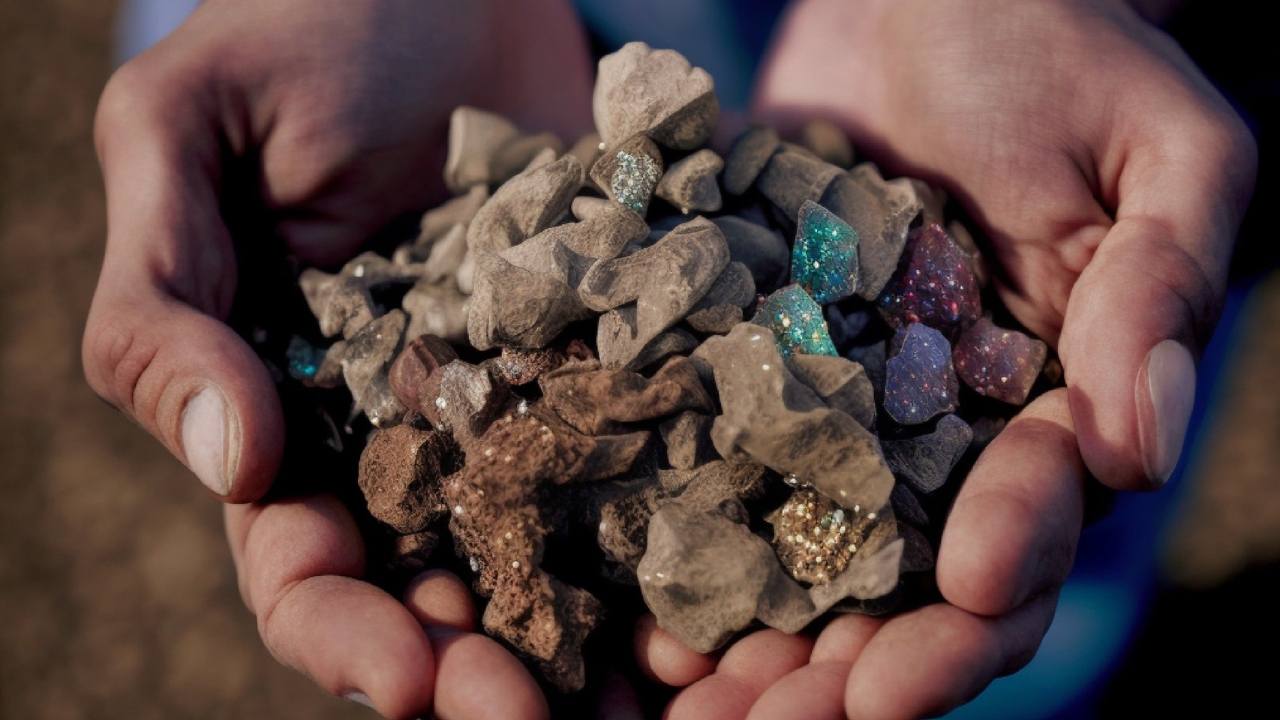
In a world increasingly dependent on technology, the elements known as rare earths They have emerged as crucial minerals, a new "gold" of the 21st century, and have been a source of conflict between countries, and will continue to be. These elements, despite their name, are vital, and here you can learn why they are so important, and what these REE elements (Rare Earth Elements) are.
¿What are the rare lands?
All the rare earths, in English REE (Rare-Earth Elements), They are a set of minerals among which 15 elements are abundant in the periodic table, known as the lanthanide series. These elements are fundamental for technologies that seek to reduce emissions, energy consumption and improve efficiency, performance, speed, durability and thermal stability. They are also a key component in technologies that seek to make products lighter and smaller. Therefore, the basis of current technology, hence its importance.
This makes them indispensable and irreplaceable in many electrical, optical, magnetic and catalytic applications, and since they are not abundant, this has led to conflicts, wars, and tensions between countries, as we will see later. Well, although rare earth elements are relatively abundant in the Earth's crust, due to their geochemical properties, they are usually widely dispersed. This means that they are not often found in concentrations that make them viable for mining. It is precisely this scarcity that led them to be called rare earths.
Between the 17 elements of the REE are:
- Scandium (Sc)
- Yttrium (Y)
- Lanthanum (The)
- Cerium (Ce)
- Praseodymium (Pr)
- Neodymium (Nd)
- Promethium (Pm)
- Samarium (Sm)
- Europium (Eu)
- Gadolinium (Gd)
- Terbium (Tb)
- Dysprosium (Dy)
- Holmium (Ho)
- Erbium (Er)
- Thulium
- Ytterbium (Yb)
- Lutetium (Lu)
rare earth properties
As for the the properties Of the rare earths, or rather their elements, it is worth highlighting:
- Magnetic properties: Neodymium, dysprosium and samarium are valued for their magnetic properties. They can store large amounts of magnetic energy, making them useful in wind turbines, electric motors, guidance systems, speakers and hard drives, etc.
- Luminescent properties: Europium, yttrium, erbium and neodymium have luminescent properties, meaning they emit light when stimulated by electromagnetic radiation. They are used in efficient light sources, displays, signal amplification in fiber optic lines and lasers.
- electrical properties: Cerium, lanthanum, neodymium and praseodymium are used in nickel-metal hydride (NiMH) batteries due to their electrical properties. They provide the battery with higher energy density and better retention capacity after many discharge-recharge cycles.
- Catalytic properties: Cerium and lanthanum are used as catalysts for chemical reactions due to their electronic structure. They are more abundant and cheaper than other rare earths, making them the primary choice for catalytic applications.
History
Rare earths have been present since the formation of the Earth, however, They were not discovered until the 18th century by Swedish army lieutenant Carl Axel Arrhenius.. And the isolation of the elements of these lands is even more recent, some would not arrive until the 20th century.
During the 160 years of discovery (1787-1947), the Separation and purification of rare earth elements was a difficult and lengthy process. Many scientists dedicated their entire lives to obtaining these pure elements. Finally, because the rare earth elements were found to be fission products of a uranium atom, the U.S. Atomic Energy Commission put great effort into developing new separation methods. In 1947, results were published showing that ion exchange processes offered a better way to separate rare earth elements to produce the elements used.
The rare earth elements, except scandium, are heavier than iron and are produced by nucleosynthesis of supernovae or by the s-process in stars of the giant asymptotic branch. In nature, spontaneous fission of uranium-238 produces small amounts of radioactive promethium, but most promethium is produced synthetically in nuclear reactors.
World reserves of rare earths
All the most important reserves of rare earths In the world they are found in the following countries:
- China: It has the largest reserves in the world, with approximately 44 million tons. In addition, it is the largest producer of rare earths.
- Vietnam : It is home to huge reserves of rare earths, especially along the northwest border with China and along the east coast, at 22 million tons.
- Brazil and Russia: Both countries have reserves of 21MT.
- India: has reserves of 6,9 million tons.
- Australia: has reserves of 4,2 million tons.
- United States: Its reserves amount to 2,3 million tons.
- Greenland: It is calculated around 1,5MT.
It is important to mention that, although some countries have large reserves, their production may be low due to various reasons...
And Europe?
In Europe, rare earth reserves are scarce, and are mainly found in the following places:
- Sweden: It is believed to have the largest reserve of rare earths in Europe. The Swedish state-run mining company LKAB has identified a deposit near the city of Kiruna, in the north of the country, that contains more than one million tonnes of rare earths.
- Finland and Portugal: Exploitation sites have also been identified in these countries.
Regarding Spain, rare earth reserves are known to exist, although they have not been thoroughly investigated. For example, Campo de Montiel (Ciudad Real), Monte Galiñeiro (Pontevedra) stand out, and recently there has been a lot of talk about the seabed compared to things in the Canary Islands. Some of these places have not yet been exploited, and the reserves that exist are not known. In the case of the Galician reserve, its exploitation was rejected for environmental reasons, and in the case of the Canary Islands, Morocco maintains tensions to take over these exploitations. …
Processing and separation
Rare earths are obtained mainly through industrial open pit mining., in some cases the production of rare earths occurs as a byproduct of iron mining. Minerals containing rare earths occur as oxides, so they must be processed to obtain the elements:
- The extraction of rare earths occurs in open mines, using detonations and heavy machinery.
- After extraction, the mineral is crushed or ground for proper processing.
- To separate the ore into oxides, leaching, precipitation and crystallization methods can be used.
- Using physical-chemical methods, the refinement of rare earth oxides in metals with different levels of purity is carried out.
- Alloying of rare earth metals through chemical processes.
- Transformation of rare earth alloys into components used in commercial applications.
Types of rare earths
First of all, it must be said that there are light rare earths and heavy rare earths. The light ones, or LREE, are more abundant, and are composed of lanthanum, cerium, praseodymium, neodymium, promethium, samarium, europium and scandium. In the case of the heavy ones, or HREE, they are not usually so abundant, and have concentrations of gadolinium, terbium, dysprosium, holmium, erbium, thulium, ytterbium, lutetium and yttrium.
Applications
Finally, it is important to know what are the potential applications of rare earths to understand their current importance:
- Catalysts and magnets: Globally, most rare earth elements are used for high-performance catalysts and magnets (neodymium), as well as the creation of special ceramic materials, glasses and for polishing. For example, cerium and lanthanum are important catalysts, and are used in oil refining and as diesel additives. On the other hand, when we talk about magnets, we are not only referring to conventional magnets, but these are used for applications such as electric motors in hybrid and electric vehicles, generators in some wind turbines, hard drives, portable electronics, microphones and speakers.
- Alloy manufacturing and production of fuel cells and nickel-metal hydride batteries: Cerium, lanthanum and neodymium are important in the manufacture of alloys and in the production of fuel cells and nickel-metal hydride batteries.
- Electronics: Cerium, gallium and neodymium are important in electronics and are used in the production of LCD and plasma displays, fiber optics and lasers, and in medical imaging.
- Medical applications, fertilizers and water treatment: They are used as tracers in medical applications, fertilizers and in water treatment.
- Agriculture: have been used in agriculture to increase plant growth, productivity and resistance to stress apparently without negative effects for human and animal consumption. Additionally, rare earth elements are additives to livestock feed, which has resulted in increased production, such as larger animals and increased production of eggs and dairy products.
- More: The uses are very extensive, for example, they can also be used for dating fossils, since the concentrations of rare earths in rocks only change slowly by geochemical processes, and this makes them useful for dating. Other examples are:
- Scandium is used to make high-intensity lights and as a tracking agent for oil refineries.
- Yttrium can be added to a multitude of metal alloys to improve their properties.
- Lanthanum is used as a petroleum cracking catalyst and as an additive to make nodular cast iron.
- Cerium can be used in various industries, from catalysts to reduce pollution, to vehicle exhaust, for cleaning products and pigments.
- Praseodymium can be alloyed with other metals to create magnets for electronic devices, but also as a catalyst.
- Neodymium is widely used to manufacture very powerful magnets, with applications such as in the electric motor industry, although it is also used for cameras, optics with lasers, etc.
- Promethium is used by thickness gauges as a beta source, also as a pulse battery, it can be converted into a portable X-ray source, etc.
- Samarium is also used to manufacture high-power permanent magnets, for special lenses, and neutron-absorbing materials for nuclear reactors.
- Europium is the most reactive of the rare earth metals, and is not common in practical applications.
- Gadolinium is used in medicine, for magnetic resonance imaging, as well as in microwaves, color televisions, amplifiers, and professional audio systems.
- Terbium is used to adulterate certain components, to make electronic devices, etc.
- Dysprosium is used in neodymium-based magnet alloys to make them more resistant to demagnetization at high temperatures. It is also used in halide discharge lamps.
- Holmium for electronic devices, plasma screens, mercury lamps, etc.
- Herbium used for alloys, electronic amplifiers, lasers, etc.
- Thulium is used for X-ray units, high-range lasers, ceramic-magnetic materials, etc.
- Ytterbium, common in the metallurgy industry for alloys with iron and steel, catalysts, lasers, and fiber optics. Also in nuclear medicine to treat certain diseases and radiotherapy.
- Lutetium, used as a catalyst in the cracking of hydrocarbons in the petrochemical industry, cancer therapy, etc.
As you can see, fundamental for the electronics industry, especially to manufacture ceramic capacitors that you will find them in many PCBs…
